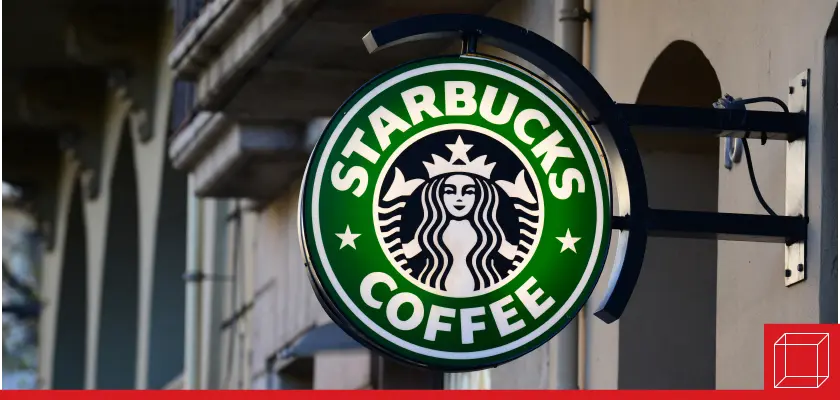Starbucks: I’ll Take a Union with My Cup of Joe
Starbucks—It’s more than just a coffee company, it’s a cultural phenomenon.

A small coffee company based out of Seattle, Washington, has evolved into a $82 billion company with over 38,000 locations and 380,000 employees worldwide. With their venti-sized signature latte products a customers’ daily “must have”, Starbucks combines fresh roasted coffee with a concern for doing good for their people and the planet. Starbucks espouses their commitment to “making our partners proud and investing in their health, well-being, and success and to creating a culture of belonging where everyone is welcome” (Starbucks). Their focus on their human resources is clear with Comparably indicating a 74% rating in overall culture (Comparably). Starbucks’ goal is to be “people positive by investing in humanity and the well-being of everyone we connect with” (Starbucks) as well as “resource positive by giving back more than we take from the planet” (Starbucks) by storing more carbon, replenishing freshwater, and eliminating waste—all while being most of the popular coffee chains in the world, known for its extensive menu of coffee drinks, teas and refreshers and lemonade, food items, and more at an average of $5 per cup.
Sounds like a great place to work, right? Over the last two years, Starbucks has been plagued by workforce issues with many workers fighting fiercely for unionization. Students of management theory understand that unionization is an extreme posture when talks between management and employees have dissolved from collaborators to combatants. Complaints among employees include broken equipment, understaffing issues, cut hours, and poor management. Some cite that “the majority of Starbucks baristas who live off of minimum wage were forced to choose between bills and food when the company slashed their store hours or closed locations permanently” (Carlton). When some stores voted to unionize, many others followed in a sign of solidarity fighting for better wages and benefits. Some locations even proceeded to strike while instances of employee harassment and customer threats ensued. Starbucks’ once productive and effective working environment devolved into a quagmire characterized by threats of impending unionization and alleged union busting tactics. Not insignificantly, Starbucks stock price also dropped during this time.
How can Starbucks regain its competitive stance and refocus on its people and planet mantra? Recent reports indicate that Starbucks is now ready to come to the bargaining table and vows a “constructive path forward on the future of organizing and collective bargaining” (Greenhouse). Now the company is ready to solidify a “foundational framework agreement” (Greenhouse) with in-person bargaining representing over 400 unionized Starbucks stores. This is monumental and represents a clear shift in Starbucks’s former dealings with unionized members and stores. Finally! The impact of Starbucks’ willingness to come to the bargaining table has definite implications for Starbucks. If all goes well and Starbucks reaches a good contract with its union, Starbucks Workers United, it could turn out to be “one of the greatest union success stories of the last several decades” (Greenhouse). The focus needs to be on mutual respect and shared commitment to work collaboratively. The shared ideology has to be that working together and respecting worker voices is good for all.
However, the impact of the willingness to come to the bargaining table is not limited to Starbucks. Other well-known companies are experiencing similar workplace challenges such as Amazon, Trader Joe’s, and the outdoor sports retailer REI. When Starbucks comes to the collective bargaining table, this sets the role model for other companies to adjust their narrative and aim for a frictionless working environment. We shall see.
Starbucks. starbucks.com/about-us
Carlton, Emily. Starbucks Union Busting and the Labor Movement.
bpr.studentorg.berkeley.edu/2024/02/05/starbucks-union-busting-and-the-labor-movement
Comparably. comparably.com/companies/starbucks/human-resources
Greenhouse, Steve. “Huge Breakthrough in Starbucks union talks- which other US firms will follow?” theguardian.com/us-news/2024/mar/22/starbucks-union-talks-trader-joes-amazon-rei

